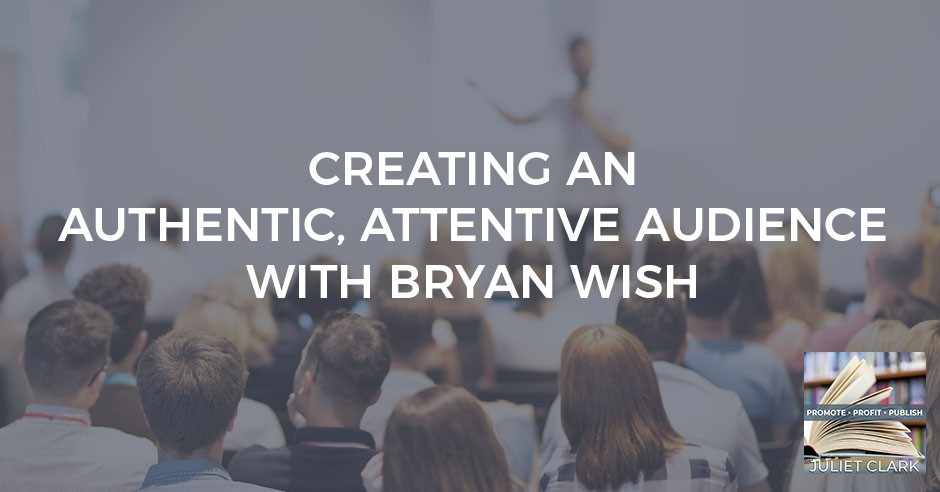
Technology has indeed bridged geographical gaps all over the world. On the other hand, it has also become that much more difficult to forge warm, new relationships with an audience in the digital space. Bryan Wish, the Founder of BW Missions, deconstructs the process of creating an audience from scratch – from finding your purpose to eventually discovering ways to connect with your audience. Getting people to buy into the idea of you or your product isn’t as easy as it once was, but with the myriad tools available at one’s disposal, it needn’t be too difficult, given one learns how to utilize these tools.
—
Watch the episode here
Creating An Authentic, Attentive Audience With Bryan Wish
We have Bryan Wish. For those of you who don’t know Bryan, he believes in creating communities and amplifying voices for global impact visionaries. For years, he’s used disabilities to discover and foster growth opportunities behind a lot of professional sports franchises, global investment funds, authors, CEOs and visionaries turning their vision into tangible results. He has upped the market for the Atlanta Hawks and the Atlanta Braves, creating segmented markets and sales programs that have done for more than $300,000 in sales. He’s curated over 800-plus impactful stories, which have been read by more than 500,000 readers on The Wish Dish. From 2016 to 2017, he helped establish a foundational community of entrepreneurs that was featured in Inc., Forbes and Wired Magazines, which is called the Kairos Society. He does so much. He helped sell thousands of copies of the book, The Creative Curve, which was written by Allen Gannett. Welcome, Bryan. I’m excited to talk to you about creating communities.
Thanks for having me. I appreciate you thinking of me for your show. I’m happy to get some insights into your audience about how to create an audience and whatever I can do to help. It’s my pleasure.
Bryan knows that authors bring me books all the time. They’ve gone out to those business workshops where people say, “You’re not selling your products and services because you don’t have a book.” That’s not the magic bullet, is it?
It’s definitely not the magic bullet.
Before you build your community, you have to know what you're selling or what it is you're trying to share with the world. Share on XTell us a little bit about what they need before they get into launching those products.
Whether it’s a new website or a new physical product or book, launching a product is all very similar and how it is done. I wrote an article on my blog, it’s called Launching a Tech Company and Book Aren’t Any Different (In Theory). The process of looking into it is very similar. A lot of first-time authors or entrepreneurs do, I’m guilty of this, they come up with an idea, they take it, and they say, “This is great. Let me get something out there. I hope it works.” They’ll spend all his money and time, then they realize a year and a half later that they are not making money until they fully understand what they’re doing. They don’t spend the time on the front end to launch it properly, build the brand behind it, build the audience and the content, all the pieces that go into it. When you do launch something, people are like, “I get that.”
They moved on to the next product, rinse and repeat the same failed formula.
I don’t even look at it as a sales formula. I looked at it as marketing strategies. Good input marketing equals good output sales. Selling is easy if you understand marketing. A lot of companies, even tech companies are over-investing having SDRs, sales reps and all these things. They don’t even have product-market fit, yet. It is like an author trying to sell a book without having a prebuilt community content and things that go into it to make people buy it. You may sell a couple of your books to family and friends. They don’t hit scale because they don’t understand what goes into this.

Creating An Audience: When you build a community, you can’t just use any formula. People have different desires and interests; you need to understand what they want.
What are some key things that you find helpful in building a community?
It starts with understanding who your audience is. Even before you build the community, what are you selling? What are you trying to share with the world and understanding the market? It’s like start doing market research and discovery. Understanding the three archetypes, the types of people that want what you have. You can dive and understand those key components. When you launch a product or a book, you can create messaging and you can create content. You can reach out to people to see if they’re going to be interested in it because you’ve already identified the types of people in their core characteristics that are going to make them interested or at least aware of what you’re doing. You can have them start paying attention to it. It’s not maybe a step, but it’s a framework that needs to be thought about before you get tactical.
What about validating an audience? What I find the most is they’ll do what you talked about. They’ll be reaching out, but they don’t get the feedback that would help them make it successful.
Activating an audience is all about the follow-up. For the Hawks and the Braves project, let’s dive into a good story there. I saw a big market opportunity in the Atlanta Hawks game in junior year college. I was setting up a speaker series when I am an intern there the summer. I saw the entire upper arena. It was completely empty. I looked at the arena and I said, “How come there are not thousands of college students?” There is a huge revenue opportunity that they’re missing. I went to their head of sales who market and I asked, “Do you market to college students?” They said, “No.” I said, “How come?” They said, “They’re highly transitioned.” I said, “I can do them for the system in place where when I leave, you can have these things for the rest of the Hawks organizational franchise.”
Activating an audience is all about the follow-up. Share on XThe hardest part about getting that set up was finding the audience. I said, “Do what the audience speak.” It’s probably going to be great leaders because they already have groups of 200 to 500 people for date night. I said, “How do I get them to do it and going to a monster truck event at the stadium?” I was like, “How do you align the Hawks with their philanthropy?” I got the philanthropy chairs involved and I said, “We’re going to do a $5 kickback for every ticket that we sell.” By you coming into a game, we’re going to reach thousands of dollars for your charity. It worked like we sell big hotcakes. What happened from A to B, the mushy middle was me following up on Facebook and stalking down every social club leader for 3 to 6 times to bill on my spreadsheets and secondary at different schools.
Once I had the foundation, I understood it then I put ambassadors on every campus and they connected to the ambassadors. I gave them value prop so that they would work for free. They connected me to the sales rep. I was like the liaison. I took a slip or spread on every ticket sold. I buy myself a nice room to go build my next company after college. After meeting an audience, the first thing you do is to identify is you need to reach out. You need to be super clear with them why it’s valuable. You need to be super rigid on the follow-up.
For us, what it did was the philanthropy thing. We have text messaging. We have to figure out what they wanted. What I also did once they start the hunting elements, I did a focus on buying campus. When I was in senior college, I signed by all the great leaders. I asked them a ton of questions, “What would make you do this? What would be valuable about it?” I literally let them tell me how to design the program. A lot of people keep the community formula that they know, they try and strap it onto the previous audience. What they need to do is identify the community, understand what they want and design a program around them that’s going to make them super excited.
When I was in advertising, we used to do focus groups. With digital marketing, people don’t get it. You can still do those types of things. Back then, we used to walk up to people in the mall and ask them to go in a back room and have diet soda and M&Ms and do things. We couldn’t do that now without getting arrested, but that doesn’t mean you can’t still set up a focus group and get feedback because you’re exactly right about that. The way that you do that and have them tell you what they want.

Creating An Audience: You build long-term digital relationships by being authentic and reaching out to people with intentionality.
The best way to do it is you do 8 to 15 one-on-one interviews. You start hearing the same things over and over again. You have an idea of the program design. Normally, you bring a full script together of all these people that you’ve interviewed or new people in a similar audience. You ask them probing questions around how they design it because you already have a context, the design after the group. If you ask program questions, they’ll tell you more info. If you make it aligned with their values and what they want and their desires, they’ll tell you how to do it. That way you can design something for an audience that they want as opposed to designing something that they’re not going to jump on board to.
What about for authors? They write the book but they don’t ask anybody in advance what they want to read.
This is a great strategy. Think of selling a book like a funnel. It’s not about the book sale, it’s about getting the review. It’s about getting your team to share about it. I know my messaging skills. I have a community around me and I have great content. Community and content equal message spreading done with very clear intent. If I’m an author, what I would do is think about, “Who are 200 or 300 people I can sell this book?” You sell them the book. They say yes. You get their Amazon receipt or confirmation that they did it. You follow up with them and say, “Thank you so much for your support. I would love to have you part of my launch community.” They fill all the form and they say, “I want to be a part of this group.” You take that and then you feed them content. You give them valuable resources, understanding what they want. When you want to get a social media post out to drive more sales or you want to spread something about the book, you already have a community in front of you not only bought your book, they want to help you launch it because they feel they belong. I belong to something of a higher purpose that they can be a part of something that they can’t in their everyday laws. They help you get it out there.
Finally, you’re on the list where you can follow up with these people and you say, “Tom is reading my book.” You’re like, “Thanks for all you’re doing and the message, it’s great.” People want to feel part of things. That’s another piece of all this. As a society, we fundamentally lack the ability to belong, to be a part of things because creativity is very hard. People say that creativity and a golden planner can’t be a part of something that’s meaningful to you. A lot of people jump at that because they believe in things and want to join things. You give them the planner to activate them on and that they feel like they’re pushing out a good message, even if it’s not their arm. They’re going to meet people through it, get exclusive content, webinars, links that printed out on the back of the book and there are very value-added editions. You can build a very small group of people and start at 100 to 200 then build on it by putting it in the right framework to get them excited about the message of your book.
You can do all that in advance. One of the things I was telling you is most people that bring us a book that haven’t worked with us before, have products and services that aren’t selling, too. This feedback loop you’re talking about, that’s what a community is, it’s a feedback loop. It is invaluable in that money-making process, that revenue generation. What else can you tell us about digital relationships? I think that’s where a lot of people are getting stuck.
We also live in a society where authors love to come out of the woodwork, “I have a book.” I think there’s a fundamental flaw. Let’s say anything. In this day and age, in 2019 going into 2020, you can’t launch a product without prepping at all for it. You can’t put it in the newspapers and have people buy it. You have to spend years building an audience, building a platform and getting people to care about what you’re doing. Building a rapport, building a face value. Letting people know you’re not a scam artist and coming out. Let me run up a bunch of Facebook ads and hack the system because the short-term game doesn’t work in the long run. What I’m getting at is if I am building digital relationships, I’m being very authentic. I’m reaching out to people with intentionality. I’m giving value first. I’m connecting them to people on my network and I’m writing content. I’m asking them to subscribe to things so I can give them more good content so they can be like, “This person’s consistent. They’re invaluable. They’re resourceful. They have a lot of interesting to share.”
They care about me and not about what I’m going to buy from one. If you launch a product or a book, you can use those digital relationships. Not like in a malicious way, but in a way to help amplify the thing that you care about. It takes a lot of upfront effort, work and care for the person on the other side of the screen or the coffee table when you meet that person in person to get them to do what you want them to do. It takes a lot of years and I take a lot of time. People know, especially our generation to know if they’re feeling scammed. They don’t buy into that. I think being as genuine, authentic and real as possible is the best way to do it long-term.
One of the things he said is about Facebook ads. You see all these people running Facebook ads. Facebook ads or cold traffic. They don’t know you from any of the other 50 million people out there running Facebook ads that they don’t know. It’s not really the name recognition that you’re looking for. Those relationships that Bryan is talking about is warm and hot traffic because you’re having conversations with them. Clicks aren’t conversations.

Creating An Audience: The future of social networks is building digital communities where brands have access to the community not through traditional ads but through accessing people with specific things that creates experience in their life.
I think Facebook ads are okay if you have a product that people know about and you are just adding fuel to the fire. People look at ads in general as like, “I’m going to dump out into that and it’s all going to work.” It’s a very short-term play and if you don’t have a product-market, it’s probably money down the drain. You can invest that time and money into maybe resources or even placements that will drive real traffic. I am not a fan of coming to digital ads on these social platforms.
I’m not a big proponent of them either. Too many people have spent a whole lot of money on digital ads that don’t work. I see even with some of the groups I met on Facebook that people will complain like, “Why am I seeing so many ads from coaches right now? How do I mute them?”
This lends itself to a bigger conversation. The future of digital networks and social networks is building digital communities where brands have access to the community, not through traditional ads, but their research through accessing people’s very specific and curated plans in their life. There are certain platforms out there that do this well and then don’t spam their platform. I don’t see Facebook lasting 10, 15, 20 years the way it does. It’s going to have to drastically change. I think as authors or as entrepreneurs, we need to figure out how to leverage these platforms as they come and go to our advantage in a way that’s real, authentic and genuine.
The last thing I’ll say is email is the only thing we have where we own our distribution. I think the best authors that you see hitting the charts are the ones who built email lists and the hundreds of thousands, if not millions of people using these digital platforms to build no relationships. You can plug lists into these platforms, but you can’t take emails off of these platforms. I think that is a very long-term strategy. I’m working on that every day.
People just want to feel like a part of things. Share on XThat’s true because those people who are making the bestseller lists, the real ones, not the Amazon, the Wall Street Journal, USA Today and The New York Times. Those are people who are leveraging large lists and have nurtured those people and written the book that email list wants because they’re in contact with those people. It’s not instant gratification. It’s not going to happen in three months. You’ve got to start way out in advance. If we want to know more about you, where can we find you, Bryan?
You can find me at BWMissions.com. That is where our website and home base is. I am also on LinkedIn, Bryan Wish. On Instagram, it’s @BryanWish_. I’m starting to get into Twitter. I’m pretty social. I’m active. I’ll get back to you. I like talking to people. I’m happy to help your audience.
Thank you so much. It was great having you.
Thank you. It was a pleasure.
Important Links
- Bryan Wish
- The Creative Curve
- Kairos Society
- Launching a Tech Company and Book Aren’t Any Different (In Theory)
- BWMissions.com
- Bryan Wish – LinkedIn
- @BryanWish_ – Instagram
About Bryan Wish
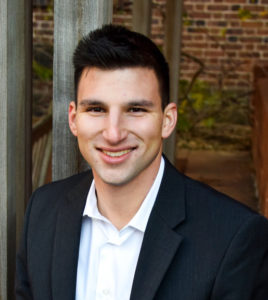 For as long as I can remember, I have navigated broken realities with unmatched resilience. From an anxious childhood rooted in divorce, to rejected athleticism and life-altering injury, to misunderstood passions and drives toward the unconventional, I understand the pain of having someone else decide the fate of your own self-acceptance.
For as long as I can remember, I have navigated broken realities with unmatched resilience. From an anxious childhood rooted in divorce, to rejected athleticism and life-altering injury, to misunderstood passions and drives toward the unconventional, I understand the pain of having someone else decide the fate of your own self-acceptance.
Hi. I’m Bryan Wish, and I believe in creating communities and amplifying voices for global-impact visionaries. For years, I have used my abilities to both discover and foster growth opportunities behind professional sports franchises, global investment funds, authors, and CEO visionaries turning their dreams into tangible results.
Noticing untapped potential in ticket sales in the collegiate market for the Atlanta Hawks and the Atlanta Braves, I created segmented marketing and sales programs that have done more than $300k in sales to date.
My own vision helped curate 800+ impactful stories which have been read by more than 500,000+ readers on The Wish Dish.
From 2016-2017, I helped establish a foundational community outreach system for The Kairos Society – a network of young entrepreneurs featured in Inc., Forbes, and Wired Magazine – building a fellowship of more than 500 up-and-coming entrepreneurs in 40 countries and counting.
Through 2018, I planned, coordinated, and helped launch Allen Gannett’s book, The Creative Curve, selling thousands of copies by the end of the first week and running a multi-channel social strategy.
Since launching BW Missions in September 2018, we have helped 25+ clients globally build communities and develop their voices. Currently based in Washington D.C., I spend my waking hours meeting, fostering, and influencing entrepreneurs to act on their most empowering visions.
Through years of reflection, I’ve developed a high-functioning growth mindset to continuously progress, despite obstacles of every kind. Time after time, I’ve transitioned one “no” into the next “how can I get there?” I can see a story, visualize its potential, and then get up and go make it happen.
Love the show? Subscribe, rate, review, and share!

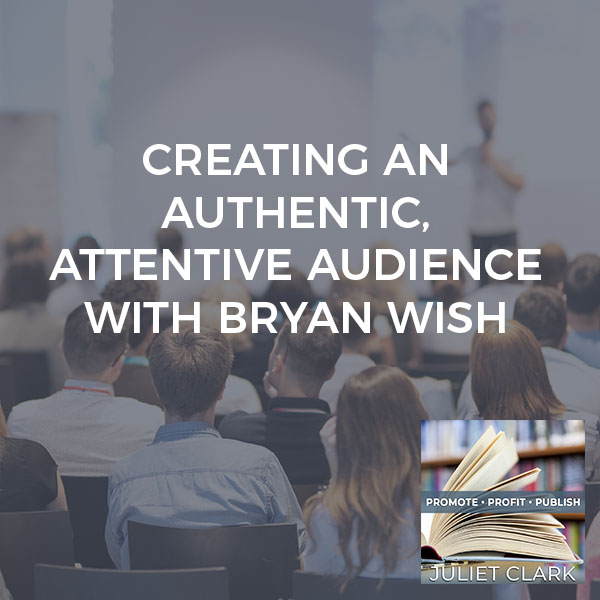


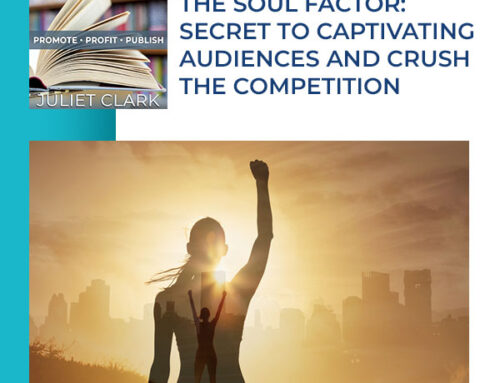
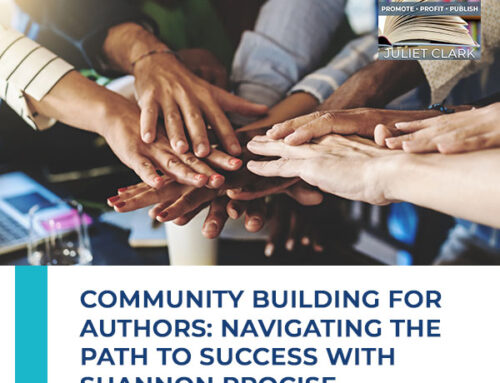
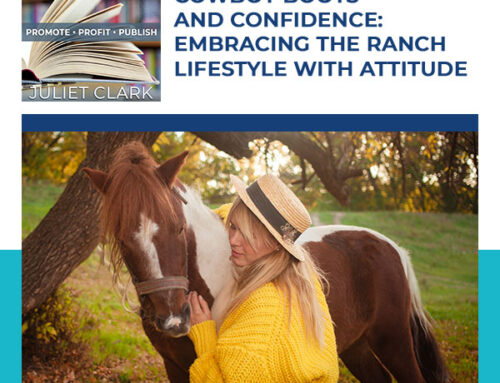


Leave A Comment